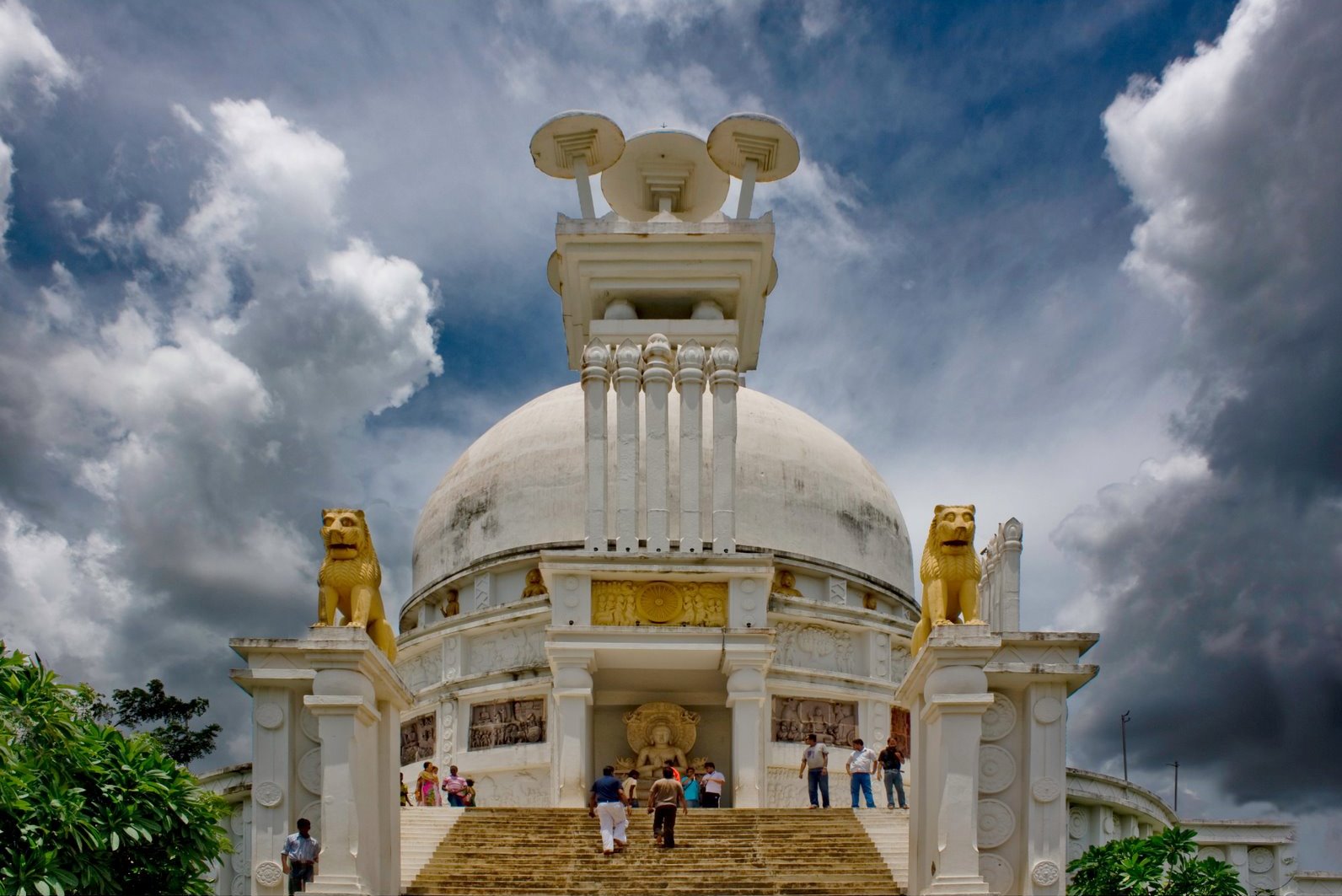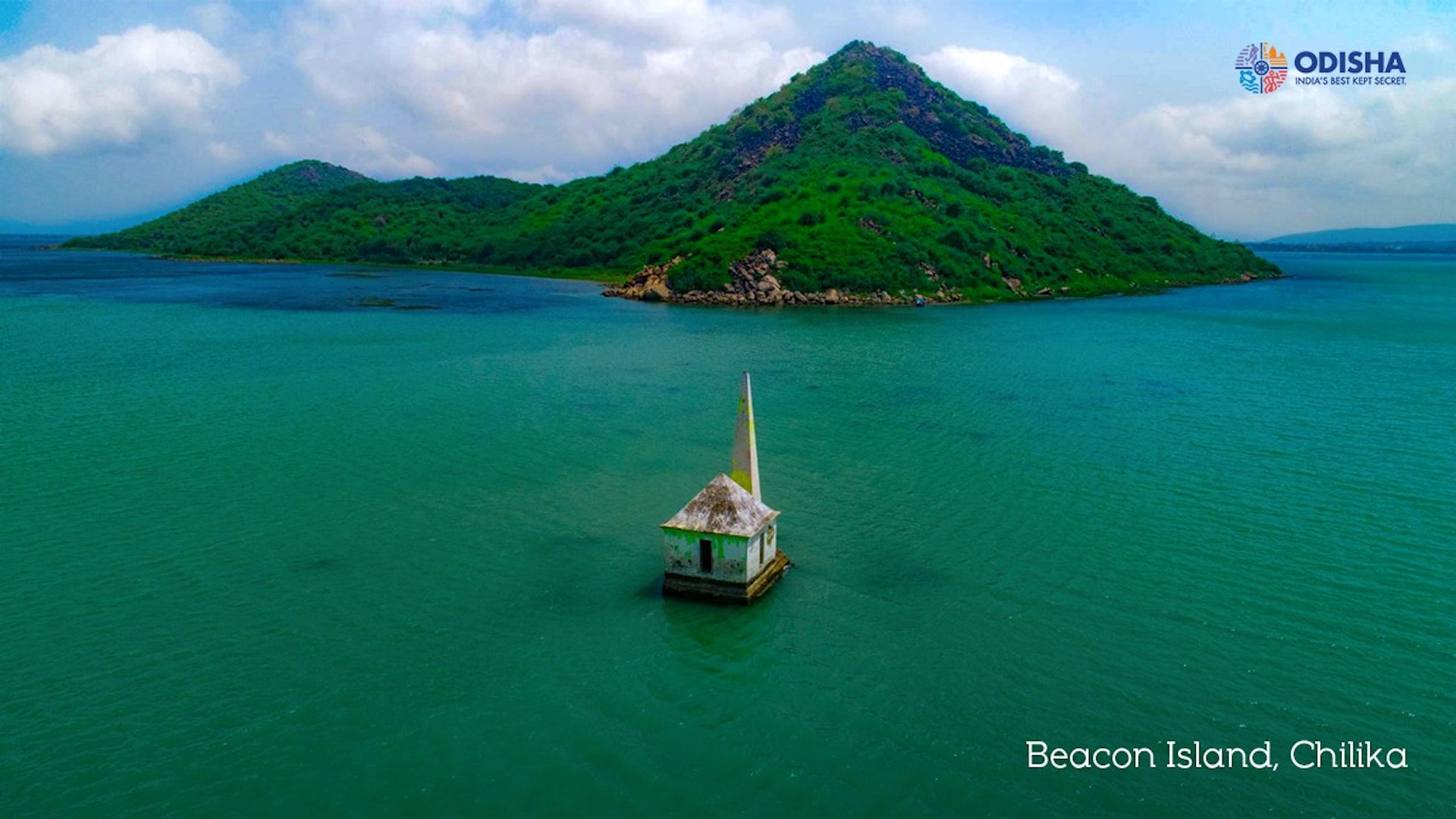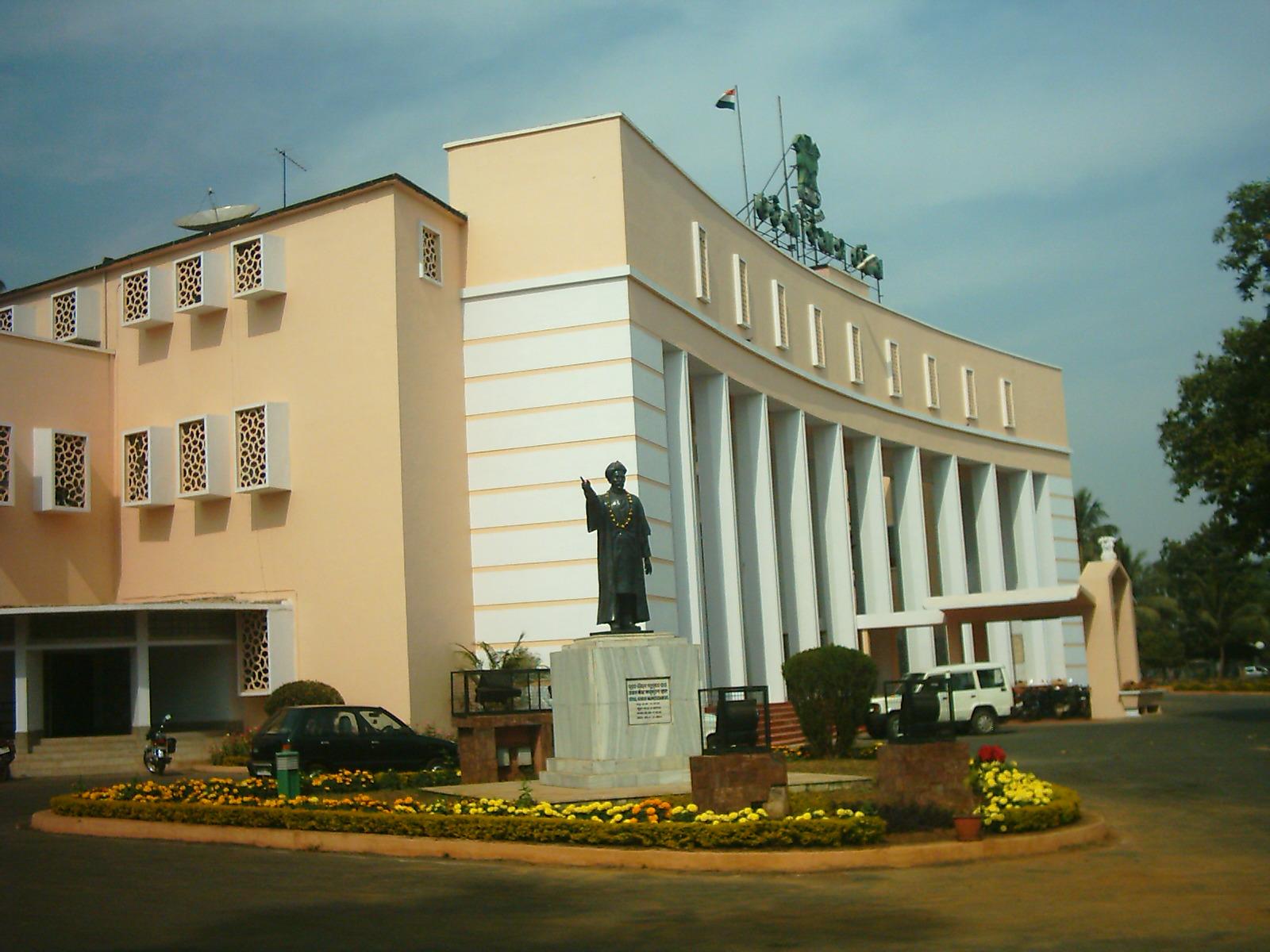
So are you planning to visit Bhubaneswar this holiday? It is said that a trip to the temple city of India is never ever complete without a visit to its temples which stand testimony to the rich traditions of the Kalinga (now Odisha). In fact the city houses over 100 temples of different varied sizes and each one of them speaks volume of the city’s famous old heritage.
The temple city, Bhubaneswar has a very interesting history behind its nomenclature. According to the Hindu mythology, Bhubaneswar means the abode of the Lord of the Universe. For the last 1500 years, several dynasties have ruled the Kalinga and left their mark of their artistic opulence by constructing spectacular temples across the city. While some of the temples have succumbed to the test of time, some have survived the elements bearing a glory of the city’s past era.
If you’re planning to visit the city of temples, make sure your trip is at least a week-long as it is nearly impossible to visit all popular temples in less than a week. Most of the popular temples are located in the old city (also known as Old Town) and situated around the Bindu Sagar Lake.
Temples to Visit in Bhubaneswar
Rajarani Temple
If you want to start off your temple tour on an exciting note, choose to visit the Rajarani temple. Located a little further away from the Bindu Sagar, it displays an architectural opulence of the old Kalinga sculptures. Interestingly, you will find the architecture somewhat different from that of other temples in the city. For instance, the spire (with multiple sub-spires) of Rajarani temple will remind you of the architecture of Khajuraho (if you have ever been there).
The Rajarani temple is one of few temples in the city that are abandoned, i.e, you will not find any deities of the Hindu Gods being worshipped in those temples. Historically, the name Rajarani comes from the red Rajarani sandstone which was used to construct the temple. Those who appreciate and have deeper understanding of the nuances of temple architecture will find the intricately carved exterior of temple quite spellbinding. From geometric patterns to floral designs, figurative images to Yakshis and gods — every inch of the outer wall is covered.
Mukteshwar and Siddheshwar Temple Complex
Mukteshwar and Siddheshwar are two of the most famous temples, located pretty much near to the Rajarani Temple. You could even walk the distance to visit Mukteshwar and Siddheshwar temple. The most attractive feature, as you will notice, of temple is its stone arched gateway. Built in 996 AD, the outer walls of the temple are covered with intricate carvings, offering visual delight to the visitors. Moreover, the spire of the temple is covered with geometrical and floral designs with intriguing iconography.
The Siddheshwar temple is located in the same complex and taller than the Mukteshwar temple. Built at a later date, it bears a classic testimony to Odisha’s temple architecture. However, comparatively, Mukteshwar is more gracious than the Siddheshwar temple.
Parasurameswar Temple
Parasurameshwar was built in the oldest of all temples in the city and dated back to the 7th century AD. Located near the Mukteshwar and Siddheshwar temple complex, this temple is relatively smaller in size being only 44-feet tall. However, its outer walls still demonstrate visually striking decorations making it one of the must-visit temples in the city.
Lingaraj Temple
Built in the 11th century by the Somavamsi Kings, Lingaraj temple is one of the finest displays of Odisha’s temple architecture. One of the most popular landmark of old Bhubaneswar, Lingaraj temple is a huge complex that houses the temple of Parvati and many other structures. Photography is a strict no-no inside the temple.




Arun Sahoo says
Guys I likes your's enthusiasm and spirits for providing this such interesting information. Keep it up. And good luck.